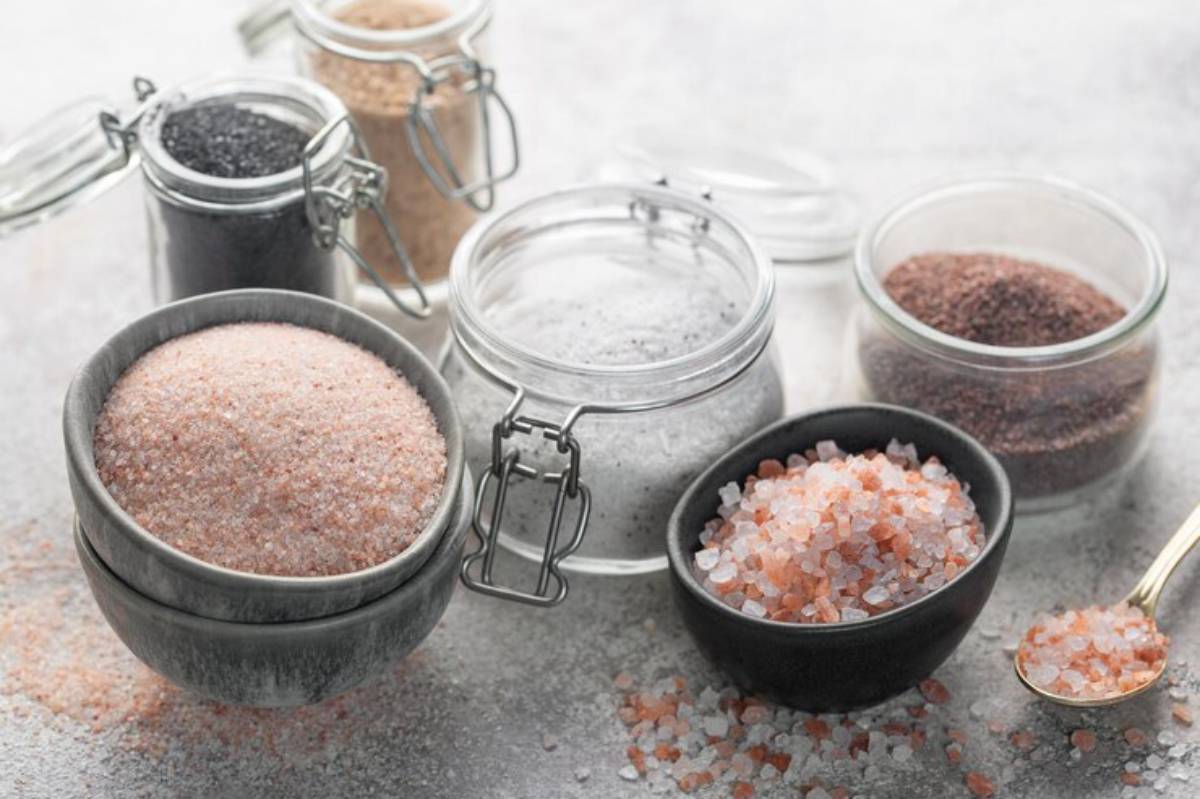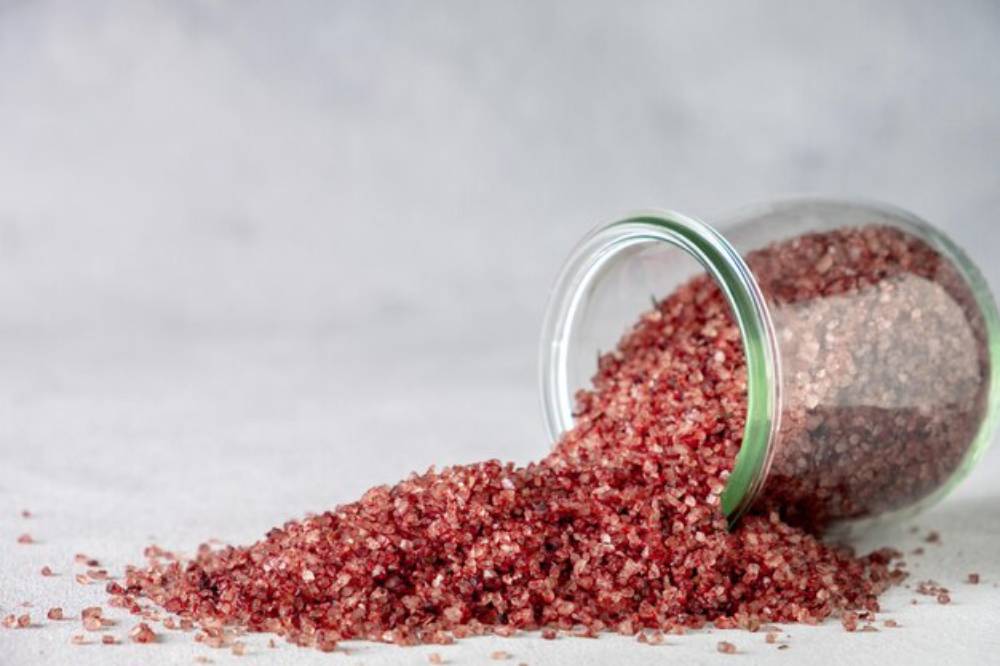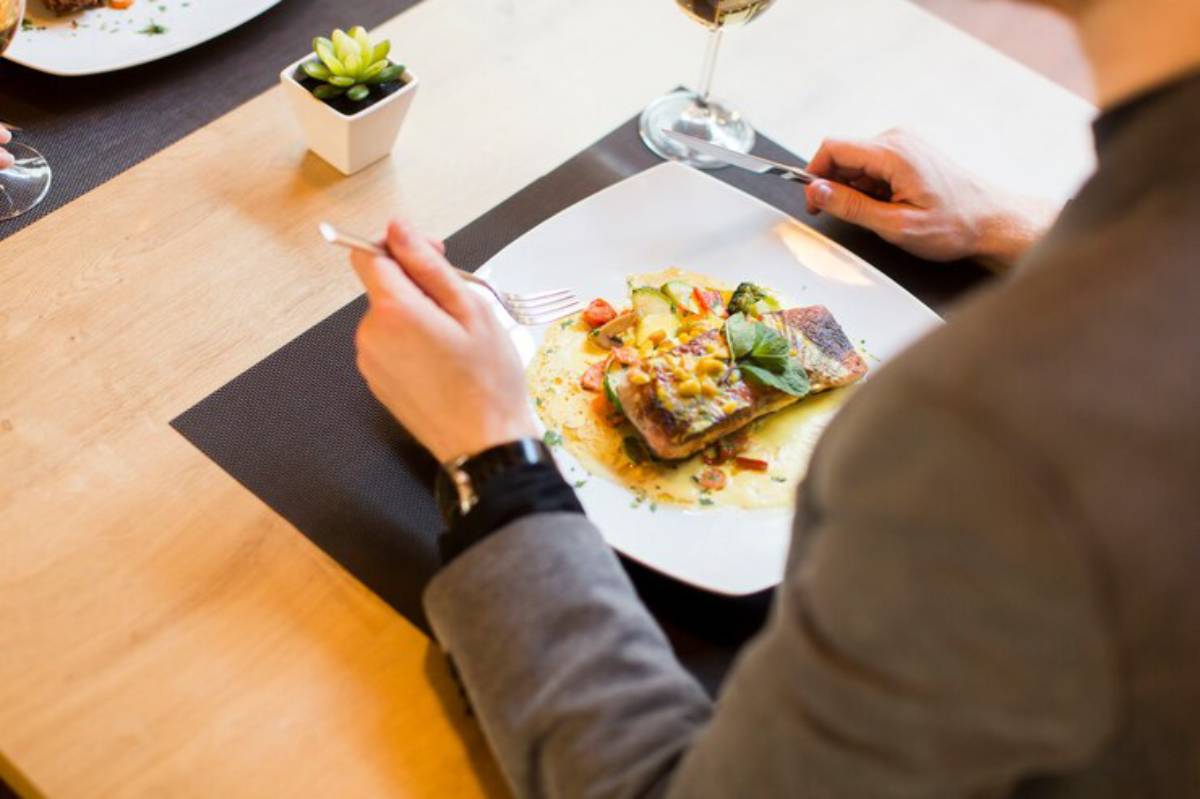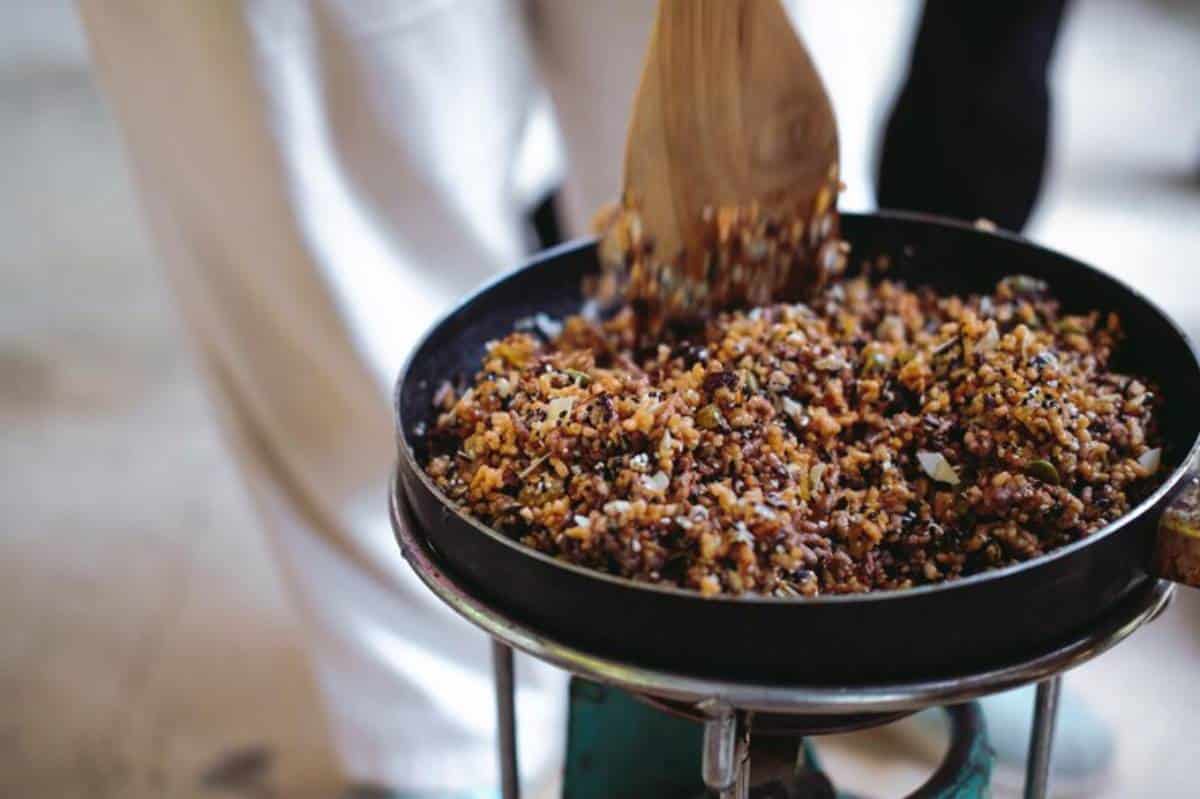
Speciality Salts and Their Culinary Uses
Why Salt Deserves More Respect
Salt might be the oldest seasoning in your kitchen, but it’s far from ordinary. While we tend to think of it as a basic ingredient — just something to “bring out the flavour” — the type of salt you use and when you use it can completely change a dish’s outcome.
Professional chefs know this. They don’t rely solely on one salt. They choose their finishing salts with the same care as they would a fine olive oil or aged balsamic. And when you experience that perfect crunch of flaked sea salt on a chocolate truffle or the deep mineral tang of pink salt on grilled vegetables, it clicks: not all salts are created equal.
In this article, we’ll explore the world of gourmet salt types, from flaky finishing varieties to bold regional treasures. You’ll learn how to use each to season like a chef, enhance texture, and elevate both flavour and presentation — all from your own kitchen.
Understanding Salt: Not Just One Size Fits All
The Science of Salt in Cooking
Salt doesn’t just make things salty. It enhances sweetness, balances bitterness, strengthens savoury depth (hello, umami), and affects texture, especially in baked goods or brines. But beyond sodium chloride, salts carry unique mineral compositions, crystal structures, and flavour profiles depending on where and how they’re harvested.
These differences are why one salt can bring crunch and flair to a steak, while another blends invisibly into a vinaigrette.
Types of Gourmet and Finishing Salts
Let’s dive into the key gourmet salt types worth stocking and how to use them well.
1. Fleur de Sel
Origin: France (notably Brittany)
Texture: Delicate crystals, light crunch
Flavour: Mild, slightly briny, mineral-rich
Harvested by skimming the surface of salt ponds, fleur de sel is delicate, expensive, and best reserved for finishing. Think of it as culinary confetti — a final sprinkle that adds sparkle to your dish.
Use on:
- Grilled seafood
- Soft-boiled eggs
- Caramel desserts
Tip: Because of its moisture content, it doesn’t dissolve quickly — ideal for topping rather than mixing.
2. Maldon Sea Salt Flakes
Origin: England
Texture: Pyramid-shaped flakes, crunchy
Flavour: Clean, bright salinity
A staple in professional kitchens, Maldon is prized for its satisfying crunch and clean flavour. It’s versatile enough to use every day, but particularly shines as a finishing salt.
Use on:
- Avocado toast
- Roasted vegetables
- Freshly baked cookies
Bonus: It crushes easily between fingers, giving you full control over seasoning.
3. Himalayan Pink Salt

Origin: Pakistan
Texture: Coarse crystals (or fine ground)
Flavour: Subtle saltiness, slight earthiness
Formed from ancient seabeds, Himalayan salt is rich in trace minerals and gorgeous to look at. It’s often sold in block form, used for cooking directly on, or ground fresh with a mill.
Use in:
- Seasoning grilled meats
- Salt blocks for searing fish
- Mineral-rich table seasoning
Note: It’s harder than other salts — grind finely for even coverage.
4. Black Lava Salt
Origin: Hawaii
Texture: Crystalline, slightly coarse
Flavour: Mild saltiness, activated charcoal undertones
With its striking colour and subtle smoky flavour, black lava salt adds both drama and earthiness to a dish. The activated charcoal is more for aesthetics than health, but it works beautifully on light-coloured foods.
Use on:
- Devilled eggs
- Burrata or fresh mozzarella
- Pineapple carpaccio
5. Smoked Salt
Origin: Various (maple, hickory, alderwood smoked)
Texture: Coarse flakes or fine grains
Flavour: Deeply smoky, savoury, robust
Smoked salts bring an instant campfire aroma to your cooking, without needing a smoker. They’re made by cold-smoking salt over wood chips, resulting in rich flavour and aroma.
Try it with:
- Roasted nuts
- Mashed potatoes
- Chocolate bark or savoury shortbread
Tip: Use sparingly — too much can overwhelm.
6. Japanese Shio or Sea Salt
Origin: Japan Texture: Fine to flaky
Flavour: Subtle, oceanic, delicate
Japan takes its salt seriously, using artisan methods that preserve minerals and moisture. Shio is often used in sushi rice and traditional dashi preparations where clarity of flavour is paramount.
Use for:
- Lightly salted edamame
- Miso soup
- Delicate fish sashimi
7. Red Alaea Salt

Origin: Hawaii Texture: Coarse or fine
Flavour: Earthy, clay-like minerality
Coloured by volcanic clay (Alaea), this salt was traditionally used in ceremonial and culinary Hawaiian practices. Its iron-rich taste adds depth and authenticity to island-inspired dishes.
Best for:
- Pork (especially Kalua-style)
- Tropical salsas
- Presentation plates
How and When to Use Speciality Salts
Finishing vs. Cooking Salts
- Cooking salts dissolve into dishes: kosher salt or finely ground sea salt
- Finishing salts sit on top and remain textural, adding contrast, not just taste
Over-salting with finishing salts is easy. Think of them like seasoning jewellery: elegant, noticeable, and best applied just before serving.
Visual Flair Matters
Beyond taste, these salts bring visual contrast. Imagine the look of black salt on golden potatoes, or crushed Maldon flakes atop a soft poached egg. They hint at thoughtfulness and culinary awareness.
Pairing Gourmet Salts With Ingredients
Here’s a quick reference chart:
| Salt Type | Best With | Avoid Using In |
| Fleur de Sel | Seafood, sweets, delicate greens | Wet sauces — it won’t dissolve well |
| Maldon Flakes | Roasts, eggs, baked goods | Salted doughs — the measure is difficult |
| Himalayan Pink | Steak, roasted veg, brining | Clear broths may cloud the liquid |
| Black Lava | Cheese, light proteins, fresh fruits | Dishes with dark sauces — visual loss |
| Smoked Salt | Meats, nuts, root vegetables | Desserts with delicate flavours |
| Red Alaea | Pork, Hawaiian fare, tropical fruits | Anything relying on colour purity |
Building Your Finishing Salt Pantry
Start small. A well-rounded salt pantry doesn’t need every variety, but it should offer contrast and versatility.
Starter Trio:
- Maldon flakes for all-purpose finishing
- Smoked salt for intensity and winter meals
- Fleur de sel for finesse and luxury moments
Then branch out seasonally or regionally — red salts for summer grilling, Japanese salts for light soups, and black salt for striking presentation. If you’re exploring other bold seasoning upgrades, check out these rare spices worth the investment.
How Chefs Use Speciality Salts

“Fleur de sel on chocolate tart is a revelation. It wakes up your tongue and makes the richness pop.” – Marcus, pastry chef in Edinburgh
“I finish most of my vegetable dishes with smoked salt. It gives depth, especially in vegetarian cooking where you don’t have meat as a flavour anchor.” – Priya, private chef in London
“When plating sushi or crudo, I use Japanese sea salt because it’s light and enhances the fish without dominating it.” – Yuki, sushi chef in Manchester
Linking Flavour and Texture
Using finishing salts isn’t just about taste — it’s about layering sensory experience. The crunch of Maldon, the smoky perfume of alderwood, the velvety trace of fleur de sel — these are emotional markers in a meal. They tell your palate, “this is the moment to remember.”
To deepen your understanding of how salt fits into overall flavour design, you might enjoy our post on how to build flavour with layering techniques — it’s a deeper dive into multi-sensory cooking.
Conclusion: Salt Beyond the Shaker
In the world of gourmet cooking, salt isn’t just an ingredient — it’s a tool, a finishing flourish, a form of expression. By upgrading your salt selection and using it intentionally, you’re not just making food taste better — you’re elevating the experience.
So the next time you plate a dish, pause before reaching for the same old shaker. Consider what a few flakes of something special might add — in flavour, texture, and presence. That’s seasoning like a chef.


